Design of Aluminum Members According to Eurocode 9
RF-/ALUMINUM | Features
- Design of tension, compression, bending, shear, and combined internal forces
- Stability analysis for flexural buckling, torsional buckling, and lateral-torsional buckling
- Automatic determination of critical buckling loads and critical moment for lateral-torsional buckling by means of integrated FEA program (eigenvalue analysis) from boundary conditions of loads and supports
- Optional application of discrete lateral supports to beams
- Automatic or manual cross-section classification
- Integration of parameters from National Annexes (NA) of the following countries:
-
DIN EN 1999-1-1/NA:2010-12 (Germany)
-
NBN EN 1999-1-1/ANB:2011-03 (Belgium)
-
DK EN 1999-1-1/NA:2013-05 (Denmark)
-
SFS EN 1999-1-1/NA:2016-12 (Finland)
-
ELOT EN 1999-1-1/NA:2010-11 (Greece)
-
IS EN 1999-1-1/NA:2010-03 (Ireland)
-
UNI EN 1999-1-1/NA:2011-02 (Italy)
-
LST EN 1999-1-1/NA:2011-09 (Lithuania)
-
UNI EN 1999-1-1/NA:2011-02 (Italy)
-
NEN EN 1999-1-1/NB:2011-12 (Netherlands)
-
PN EN 1999-1-1/NA:2011-01 (Poland)
-
SS EN 1999-1-1/NA:2011-04 (Sweden)
-
STN EN 1999-1-1/NA:2010-01 (Slovakia)
-
BS EN 1999-1-1/NA:2009 (the United Kingdom)
-
STN EN 1999-1-1/NA:2009-02 (Slovakia)
-
CYS EN 1999-1-1/NA:2009-07 (Cyprus)
-
- Serviceability limit state design for characteristic, frequent, or quasi-permanent design situation
- Consideration of transverse welds
- Variety of cross-sections provided; for example, I‑sections, C‑sections, rectangular hollow sections, square sections, angles with equal and unequal legs, flat steel, round bars
- Clearly arranged result tables
- Automatic cross-section optimization
- Detailed result documentation with references to the design equations used and described in the standard
- Filter and sorting options for results, including result lists by member, cross‑section, and x‑location, or by load cases, load combinations, and result combinations
- Result window of member slenderness and governing internal forces
- Parts list with weight and solid specifications
- Seamless integration in RFEM/RSTAB
- Metric and imperial units
Working with RF-/ALUMINUM
The data specified in RFEM/RSTAB concerning material, loads, and load combinations must comply with the design concept of the Eurocode. The RFEM/RSTAB material library already contains the relevant materials. Furthermore, RFEM/RSTAB allows for automatic creation of load and result combinations in accordance with the Eurocode. It is also possible to create the combinations manually.
In the RF-/ALUMINUM add-on module, you must first select the members and sets of members to be designed, as well as the load cases, load combinations, and result combinations. In the subsequent input windows, you can adjust preset definitions of lateral intermediate supports and effective lengths.
When using continuous members, you can define individual support conditions and eccentricities for each intermediate node of the single members. A special FEA tool determines the critical loads and moments required for the stability analysis.
RF-/ALUMINUM | Output of Results
The first result window shows the maximum design ratios with the corresponding design for each designed load case and combination.
The other windows show all detailed results sorted by specific topics. It is possible to display all intermediate results of each location along the members. In this way, you can easily retrace how the module has performed the individual designs.
The complete module data are part of the RFEM/RSTAB printout report. You can select the report contents and extent specifically for the individual designs.
Webshop
Customize your individual program package and find out all the prices online!
Calculate Your Price

The price is valid for United States.


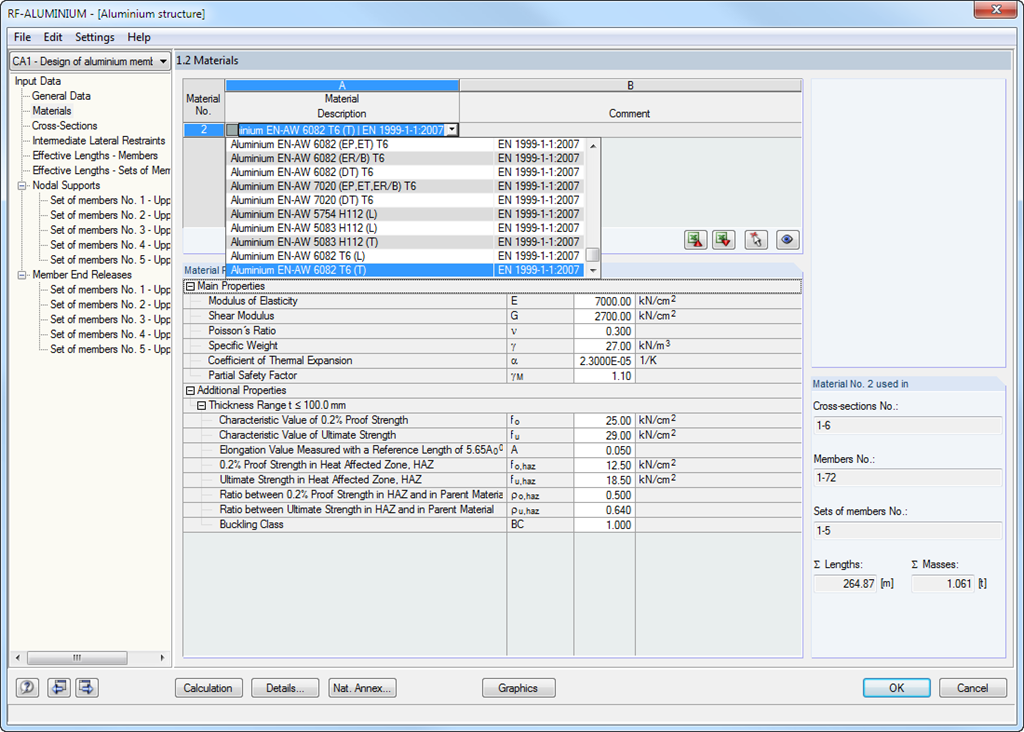
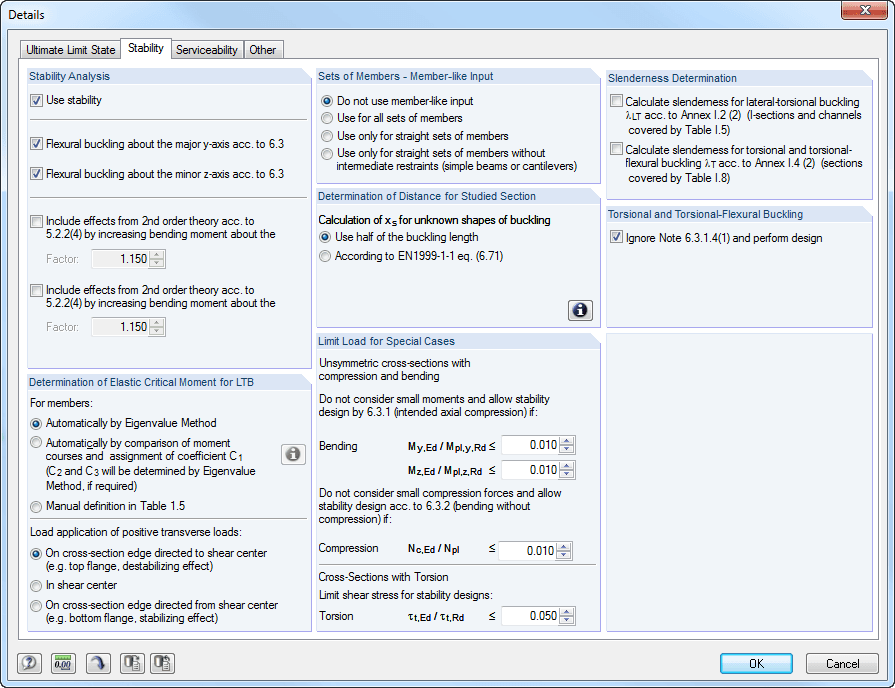
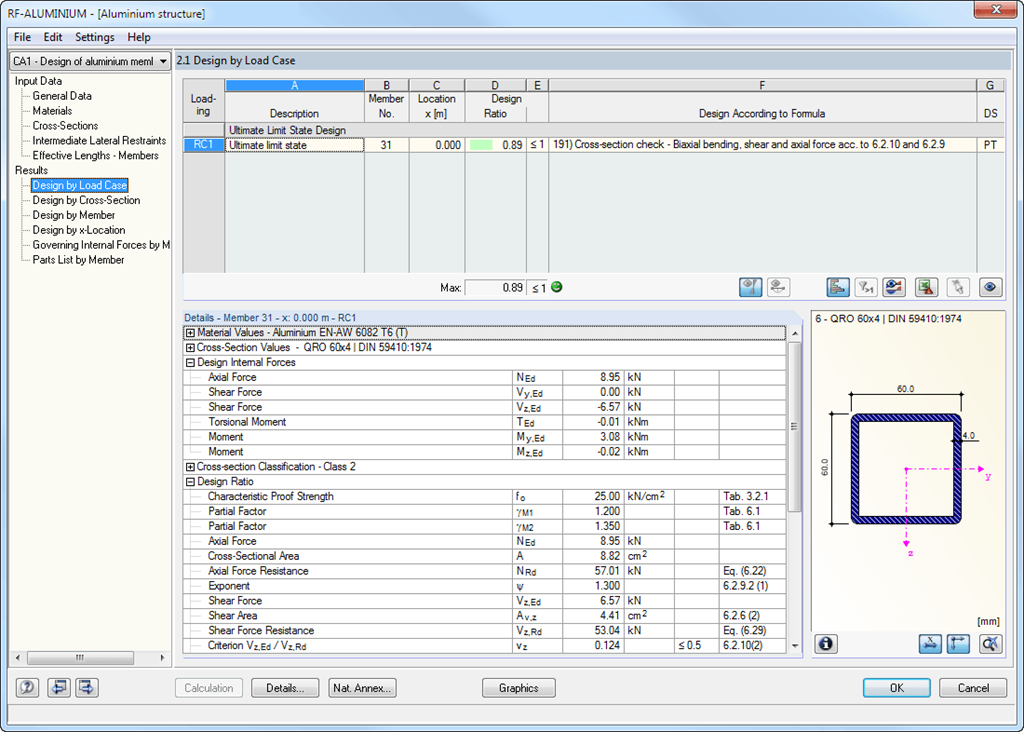
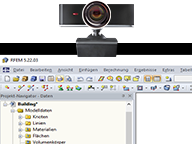
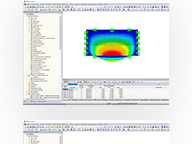
.png?mw=192&hash=f63e4a3f1836233005de32f60201d5392e507cf1)



